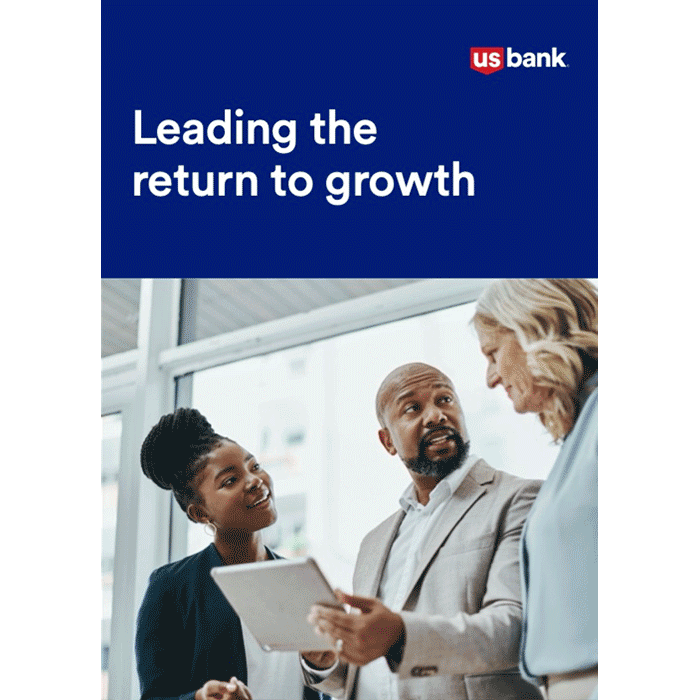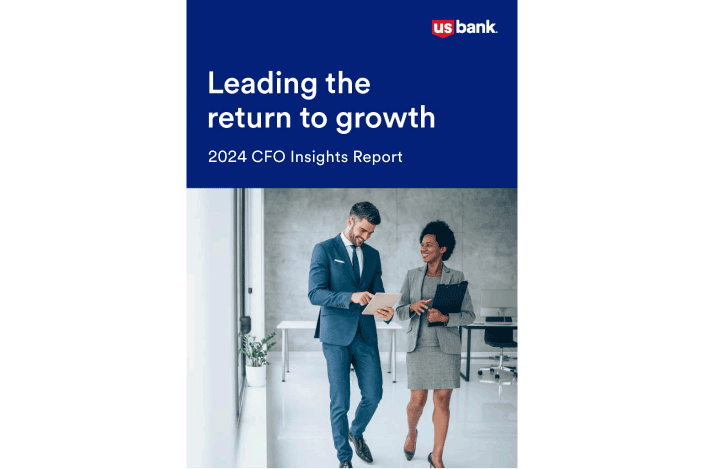What’s on the priority list for California finance leaders?
California’s finance leaders are navigating a rapidly changing economic, geopolitical and regulatory environment. On a positive note, the California economy has shown notable resilience in the face of slow economic growth, with more than 1.8 million jobs added since 2020 – more than any other state. But a unique challenge facing California’s finance leaders is the emergence of new labor laws1 and climate regulations,2which compound the already difficult economic and geopolitical uncertainties. At the same time, they must also seize potential opportunities arising from emerging technologies.
We surveyed 253 California-based businesses to learn what this means for finance leaders. Have their plans, perception of risk and attitudes about topics such as digital and payments transformation changed? And are they any different from finance leaders in other states?
Here are the key findings.
1. There’s a sharper focus on costs.
Cutting costs within the finance function and across the business are finance leaders’ top priorities. Unlike last year, the majority say investing in new technology is the primary route to delivering savings.
62% say cutting finance function costs is a top priority, up from 42% in 2023.
60% are investing in technology to drive efficiencies, up from 43% in 2023.
2. Growth is still a key priority.
A consistent focus on innovation has given California-based firms a significant advantage over their peers in other states. Six in 10 (62%) are helping their businesses finance new investments and drive business transformation – up from 41% last year. Only 38% say the same outside the state.
3. The greatest risk lies in the digital landscape.
Inflation is no longer a top concern for California’s financial leadership. Instead, today’s leaders are far more concerned with the pace of technological change and digital disruption. In California, 41% say this is their top concern, compared with 37% outside the state.
4. California businesses are leading the payments transformation.
Across the U.S., risk mitigation and payment automation have become the top two drivers of payments transformation. These drivers are spurring firms in California to pull ahead of their counterparts in the adoption of digital payments. This rising adoption rate is inspiring businesses to seize the opportunity to embed payments into existing systems.
83% expect to use instant payments by 2026, compared to 79% in other states.
72% expect to use push-to-debit-card payments in 2026, compared to 62% in other states.
More Resources
Stay Connected
The long-term economic outlook is positive.
California’s finance leaders are feeling more positive about the next three years than they are about the next 12 months. In fact, they are 5% more positive about the long-term prospects of the economy than other finance leaders, even though they are 6% less positive about the next 12 months.

Read the full California report and analysis.
Finance leaders across California shared their views on the most important business risks and opportunities facing companies operating in the state. The research demonstrates how their views differ from their counterparts outside of California when it comes to perceptions of risk, a greater focus on ESG, approaches to innovation and accelerated payments transformation.
Learn about our California presence.
California is a core market for U.S. Bank. We take pride in being a part of communities across the state and providing organizations with a full complement of financial services.
Southern California
U.S. Bank is fully invested in serving Los Angeles, San Diego, Orange County and all of Southern California.
Northern California
Organizations across Northern California turn to U.S. Bank as a financial partner. We focus on building long-term relationships in the region.

Read the national CFO report.
In addition to our California-specific survey, we conducted a national survey of finance leaders. More than 2,000 leaders responded and provided insights into their priorities, which include cutting costs, mitigating risk and transforming digitally.

